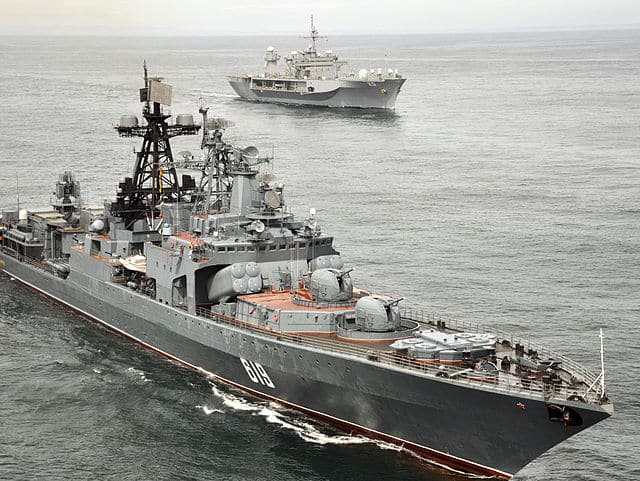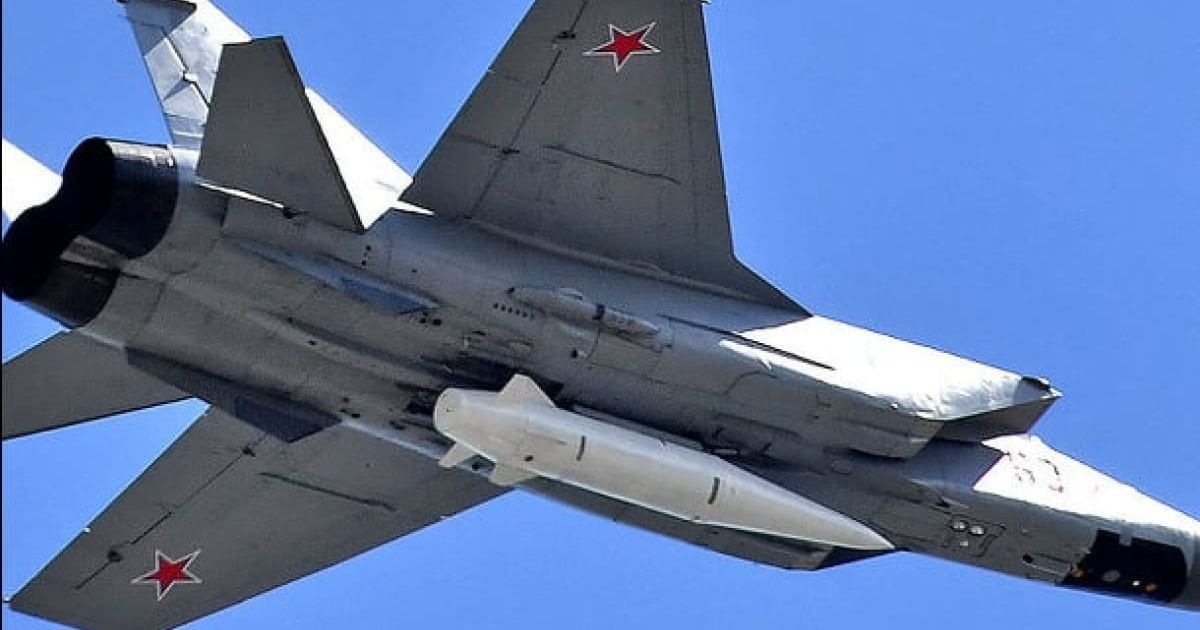Table of Contents
The PR announcement of a counterattack
Over the past six months, the topic of counterattack has become a central theme in the Ukrainian media space. The upcoming counterattack by the Armed Forces of Ukraine, as voiced by many speakers, has turned into a kind of PR announcement of a significant event of historical importance. However, when the first counteroffensive operations began, it turned out that reality differed slightly from what politicians and officials had been saying in the previous few months.
As a rule, during war, it is not customary to advertise one’s plans and intentions. War has always been an art of deception — deceiving the enemy, confusing him, and delivering unexpected strikes in unforeseen places are the foundations of successful offensive operations. However, for some reason, Ukraine decided to break this unwritten rule of tactics and strategy. Various options for Ukraine’s offensive and the need to cut off the land corridor to Crimea were discussed by anyone who cared to speak. Different details and directions of the future operation were analyzed. Government speakers mentioned the upcoming offensive, which was being meticulously prepared, almost daily. They even mentioned possible dates for the Ukrainian forces’ entry into Crimea. Never before the announcement of a future military offensive operation gained such vibrant PR undertones and received such extensive coverage in the media. Of course, one can ponder extensively on the necessity of liberating occupied territories. But why give it such great attention in the public sphere? Why tie the beginning of offensive operations to specific dates or seasons of the year, or to the delivery of specific types of weapons and equipment? A successful offensive thrives in silence.
Over the months of the full-scale Russian invasion, Ukrainian society has experienced many horrific days and demonstrated the ability to overcome difficulties, fight, and triumph. Ukrainians have proven to be resilient and unbreakable. Their spirit was not shattered by Russian terrorist rocket attacks, nightly air alarms, the destruction of power plants, and blackouts. Nuclear blackmail and other threats from the Kremlin’s dictator and his entourage did not intimidate Ukrainians. In the struggle against the empire of evil, Ukrainians have become stronger. Their spirit has been hardened. They have gained more confidence in their own abilities and faith in themselves. Such a hardened society does not need constant positivity, an invented parallel reality, and excessive doses of dopamine. It needs truth and justice, effective functioning of the state apparatus, and the inevitability of punishment for crimes. However, instead of fighting corruption and daily increasing the efficiency of government institutions to accelerate victory over the aggressor, Ukrainians were offered a teaser of an exciting TV series about a counterattack. Instead of dealing with the present reality and real struggle against factors that hinder Ukrainian victory, a fictional, although entertaining, future was proposed.
Ukrainians have been excessively saturated with the theme of a counterattack in the previous months. Of course, it is necessary to maintain confidence in victory among the broad layers of society. However, imposing it in excessive doses and scales is harmful. Because a collision with reality can provoke a painful reaction from a significant portion of society and lead to disappointment and disillusionment.
Unrealistic expectations and the harsh reality
After a prolonged media PR campaign about the counterattack, many Ukrainians began to imagine that lightning breakthroughs by Ukrainian strike groups armed with Western equipment awaited us. Perhaps many sincerely hoped that within a few days, Ukrainian brigades would reach the Azov Sea and the borders of occupied Crimea. That columns of Leopard tanks would effortlessly cut through Russian defensive lines like butter. That the Russian front line would collapse, unable to withstand the blows of the Armed Forces of Ukraine, within a day or two. It’s a beautiful, highly desirable, and optimistic picture. But it is also very far from reality.
While the Unified Telethon was airing, discussing the Ukrainian counterattack, the enemy was not sitting idle. It had plenty of time to prepare. Russians constructed powerful three-tier lines of defensive structures. They mined vast areas of territory. Underground defensive fortifications, bunkers, and other fire engineering structures were built. Special attention was given to the Zaporizhzhia direction as one of the most likely areas for the Ukrainian counterattack. But significant defensive fortifications were also constructed on other sections of the front.
See also: Hacking the Lancet. Ways to defend against a Russian drone
When the first attempts of Ukrainian counterattacks began, it turned out to be less than anticipated. The element of surprise was largely lost. Breaking through the defense lines of Russian military was not an easy task. Conducting large-scale offensive operations against such a serious enemy without modern aviation and with a limited arsenal of long-range weapons is extremely challenging. We cannot afford to launch frontal assaults like the Russian command does. We need to search for weak points in the enemy’s defense, deceive them, resort to unconventional measures, and target ammunition depots and supply lines. All of this requires time and resources. It does not mean that the Ukrainian counterattack will be unsuccessful. It simply means that the offensive is not an action movie where armored columns effortlessly break through enemy lines. It is a harsh reality with its own adjusted plot, which unfolds not always according to the script.
Lessons from historical offensive operations
In our consciousness, an offensive is associated with rapid advancement and sudden liberation of significant territories. However, successful offensive operations did not always appear that way. It could be the final phase of a counterattack, preceded by a prolonged period of confrontation to exhaust the enemy. In reality, most offensive operations in the history of wars developed gradually. The effect of changes on the front accumulated over a considerable period of time and alternated with periods of operational pause.
Germany lost the First World War as a result of the counteroffensive by the allies, which lasted for a hundred days but was nothing like a blitzkrieg. The agony on the front coincided with the intensification of the internal political crisis within the German Empire and the depletion of its resources for waging war. During the Second World War, the German expeditionary corps led by Field Marshal Erwin Rommel managed to advance deep into Egypt. In June 1942, they were about 100 kilometers away from the Nile Delta beyond El-Alamein. However, the Germans lacked fuel, ammunition, and equipment. This allowed the English forces to launch their own counteroffensive on October 23, 1942. Simultaneously, Anglo-American units under Eisenhower’s command landed in Algeria on November 8. The German-Italian forces were forced to retreat. However, it took the Allies over six months until the remnants of the African expeditionary corps surrendered in Tunisia on May 13, 1943. The Battle of Italy began with the allied landing in Sicily in July 1943 and lasted until April 1945. Initially, the allies saw the path through Italy as the best way to break through to the borders of the Reich. However, the mountainous landscape of the Apennine Peninsula, combined with powerful German defensive lines, turned the Italian campaign into a long and exhausting campaign.
Adjusting expectations and managing public statements
In recent weeks, representatives of the Ukrainian government have become more cautious and less optimistic in their statements regarding the counterattack. The euphoria has somewhat subsided. This came against the backdrop of a series of somewhat pessimistic publications about the Ukrainian counterattack in Western media. President Volodymyr Zelenskyy recently stated that the offensive is generally positive but difficult. On June 25, Ukrainian Defense Minister Oleksii Reznikov, in an interview with the American television channel Fox News, stated that expectations regarding the outcome of the counterattack had been exaggerated. The official acknowledged that there are “different circumstances and different obstacles” in the course of combat operations. Moreover, Oleksii Reznikov added that Ukrainian forces are currently not engaging in a counterattack but rather a “preparatory operation,” while Russians have built “very strong defensive lines.”
In the spring, there were similar statements by the minister that the world’s expectations of a Ukrainian counteroffensive were “somewhat overestimated.” In principle, this is true. However, the main speakers representing the Ukrainian government have provoked this overestimation themselves by giving sometimes overtly confident interviews to foreign media. And now they are forced to lower the degree of positive rhetoric and come down to earth.
The success of a counterattack is not ensured by its advertisement or the grandiose comments of government representatives. The counterattack thrives in silence not only during its execution but also during its preparation. However, for some reason, this has been forgotten in Ukraine. Now, they are forced to explain to themselves, society, and foreign partners that everything is going according to plan. Sometimes, it is indeed better to remain silent than to speak too much.
Originally posted by Petro Herasymenko on Zaxid.net. Translated and edited by the UaPosition – Ukrainian news and analytics website




